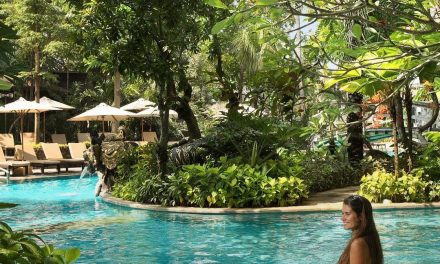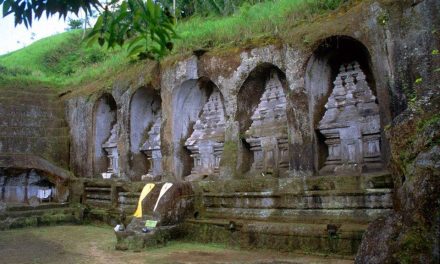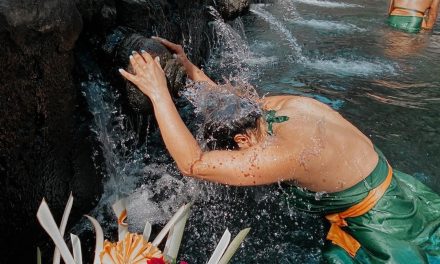Visiting Bali, especially Ubud, is like stepping into a vibrant canvas—one rich with color, culture, and creativity. If you’re a photography enthusiast, there’s no better way to connect with the island’s spirit than through a photography tour that highlights the unique Balinese culture.
Discovering Ubud: A Photographer’s Paradise
The minute I landed in Bali, Ubud felt like home. Picture the scene: lush green rice terraces rolling across the hills, intricate temples with their stunning architecture, and the warm smiles of the locals as they go about their daily lives. Capturing these moments on camera isn’t just about snapping pictures; it’s about storytelling. I remember my first photography tour, which was hosted by a local guide named Putu, who has lived his entire life in Ubud. He was passionate about sharing his heritage and ensuring that we not only learned about Balinese culture but also respected it. As we strolled through the village, he shared anecdotes about the significance of offerings, the importance of family in Balinese society, and even the process of making traditional Batik textiles.
The Magic of Early Mornings
If there’s one thing you need to prepare for on your photography tour, it’s waking up early. Trust me, those quiet, dawn-light hours are golden for capturing stunning images before the world awakes. The early morning light creates a soft illumination, perfect for photography.
One chilly morning, we set out before sunrise to the Tegalalang Rice Terrace. As the mist rose from the fields, the terraced layers emerged like a painting in soft greens and yellows. The sight was so breathtaking that I felt compelled to capture it from every angle. I even took a moment to meditate and appreciate the stillness. As the sun slowly crept over the horizon, it illuminated the landscape, giving our photographs a magical touch.
Engaging with Local Culture
A significant part of these photography tours involves immersing yourself in local culture. You might find yourself at a traditional Balinese ceremony or a cooking class that highlights the way locals prepare their meals with intricate flavors.
On one particular tour, we stumbled upon a holy ceremony at the Saraswati Temple. It was an unexpected surprise! The vibrant colors of the traditional attire worn by the participants were absolutely stunning. I felt a little hesitant to take photos at first, worried about intruding on such a sacred moment. However, Putu encouraged us to ask for permission, reminding us that the locals often appreciate the attention and the opportunity to share their culture.
When I finally approached a woman in a beautifully adorned kebaya, she smiled and gestured for me to take a photo. That image—her radiant smile against the backdrop of the temple—became one of my favorite captures from the trip. It served as a beautiful reminder of the human connections that photography can create.
Practical Photography Tips
– Bring the Right Gear: While it’s tempting to pack everything, focus on bringing a versatile camera, a good zoom lens, and a tripod. A lightweight camera bag is key for all-day tours.
– Understand Your Settings: Take the time to practice your manual settings before your trip. Ubud’s lighting can vary greatly, and knowing how to adjust your aperture and shutter speed will help you get the best shots.
– Respect Cultural Norms: Always check if it’s okay to photograph people, especially during ceremonies or in their homes. It’s not just polite; it shows respect for their customs.
– Take Candid Shots: While posed shots are great, don’t forget to capture candid moments. The laughter of children, the concentration of artisans at work, and the serene ambiance of yoga sessions can all tell a story.
Savoring Authentic Balinese Cuisine
After a long day of shooting, there’s nothing better than indulging in some traditional Balinese cuisine. I fondly remember dining at a small warung with Putu and our group after a day filled with photography. We shared dishes like nasi campur—a mixed rice dish served with various proteins and vegetables—while swapping stories about our favorite moments from the day.
The flavors were a feast for the senses, much like the visuals I had captured. Cooking classes, often offered as part of photography tours, provide yet another layer to the experience. I learned to make sambal—an essential chili paste that embodies the heat and flavor of Balinese cuisine. This hands-on experience, combined with my new photography skills, felt like a true immersion into Balinese culture.
Conclusion: Capture the Essence of Ubud
Photography tours in Ubud offer more than just stunning visuals; they provide an opportunity to connect with the essence of Balinese culture. Whether it’s the lively rhythms of traditional gamelan music, the intricate details of temple architecture, or the genuine kindness of the people, each moment is a story waiting to be told. So pack your camera, embrace the early mornings, and prepare for an adventure that engages both your heart and your lens. Ubud’s charm is boundless, and capturing its vibrant culture might just change the way you view the world. Happy shooting!






